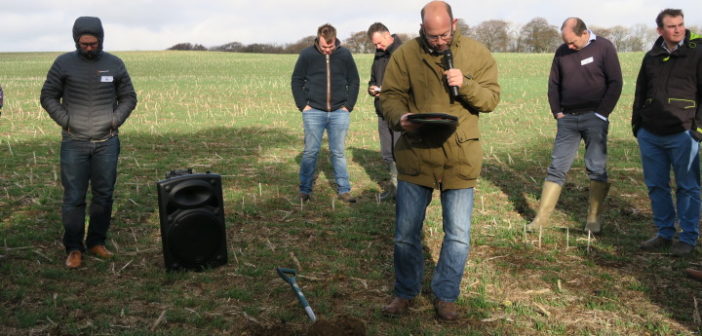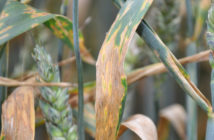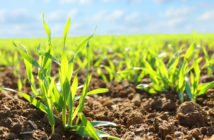One farmer has cut his crop establishment costs by more than £100/ha, without compromising yield, by switching to a conservation agriculture crop establishment system which incorporates biological farming.
Speaking at the recent QLF Agronomy Soil Event, Jake Freestone, farm manager at Overbury Enterprises, told delegates that the estate has benefited from increased soil health and reduced input costs since switching to a biological system in 2013.
“Before moving to this system our average wheat establishment costs were £169/ha. This has now dropped to £52/ha with a switch to no-till farming”, explained Jake.
“When planting oilseed rape we are spending an extra £30/ha on seed, because of the introduction of companion crops. However, the benefits significantly outweigh this additional cost, with a net margin improvement of £35/ha.
“We include the carbon-based liquid fertiliser, L-CBF Boost, with all synthetic applications to all crops, which has allowed us to cut back our use of artificial inputs by enough to keep it cost neutral, without compromising the efficacy of the input and reaping the added benefit of increasing soil health.”
He added that there are also time benefits to a biological system. “It now takes us a quarter of the time to get a crop established, so we have more time to dedicate to other enterprises. We also need less equipment, because of the introduction of our one pass system, which all has a positive effect on our bottom line.”
Also speaking at the event, Joel Williams from Integrated Soils, explained that all farming systems can take steps to adopt biological practices to mimic Overbury’s success.
“It doesn’t matter if you’re conventional, organic, no-till or a tillage farmer, there are biological practices that work with the ecology of every farm system to benefit the soil, crop health and productivity,” said Joel.
“For example, one way to increase soil health and plant productivity is by adding diversity to your rotation, which can be achieved by introducing cover or companion crops.
“By growing different plant species with different rooting depths or different growth stages, more nutrients are unlocked and made available to the plant, reducing the need for synthetic inputs.
“Growers are often worried that ground will be taken out of production in this scenario, but this doesn’t have to be the case, for example, companion cropping allows you to grow a cash crop and a legume simultaneously,” he explained.
“Another simple step is grazing livestock on arable land, whether on stubbles, cover crops or rotational leys. This can increase soil organic matter and improve soil structure, via the action of hooves ‘stomping’ residues into the ground.”
The QLF Agronomy Soil Event was held at Overbury Enterprises on the Worcestershire/Gloucestershire boarder on 14 November.




